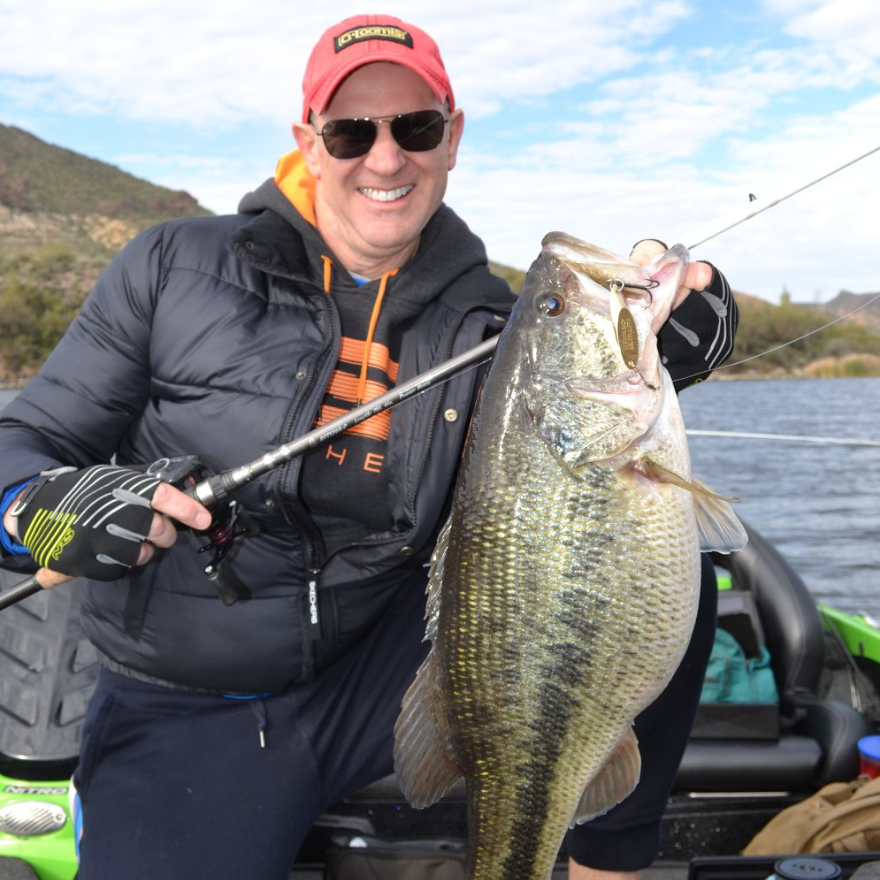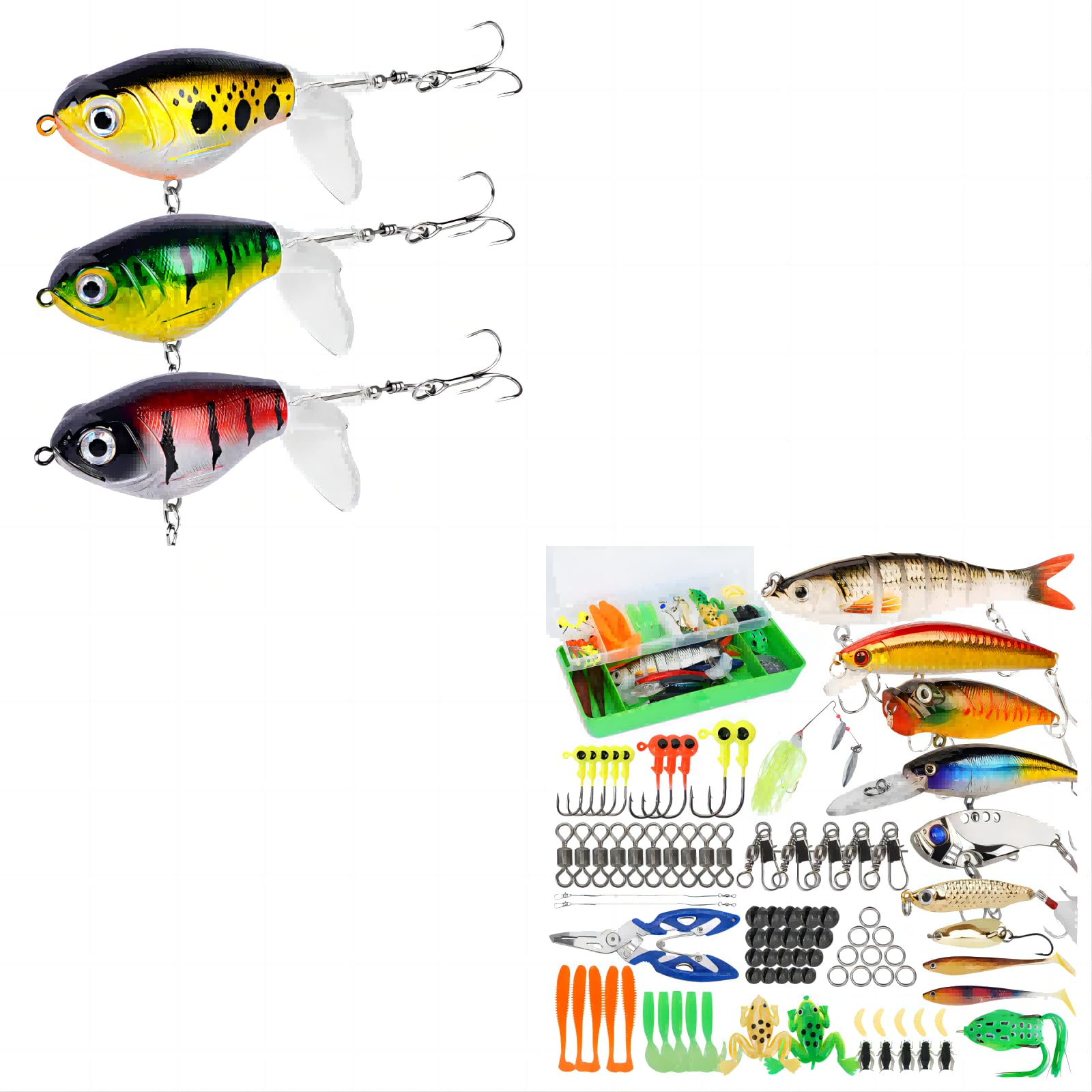Best Bass Fishing Lures for Nighttime Angling Success
Wiki Article
Discover the most effective Methods for Choosing Bass Lures for Your Next Fishing Expedition
Choosing the appropriate bass Lures can substantially impact angling success. Anglers have to take into consideration different aspects, such as seasonal patterns and water clearness. Comprehending bass habits is important (Best Bass Lures South Africa). Selecting Lures that resemble all-natural target can result in better outcomes. Numerous are not sure about the ideal strategies to execute. What strategies should one focus on to boost their fishing experience? The solutions exist in checking out specific problems and adapting accordinglyRecognizing Bass Habits and Environment
Understanding the subtleties of bass behavior and environment is crucial for any type of angler intending to enhance their angling success. Bass are frequently discovered in numerous settings, including storage tanks, rivers, and lakes, where they seek framework such as submerged rocks, greenery, and fallen trees. Their actions is greatly influenced by water temperature level, light levels, and readily available forage.During warmer months, bass have a tendency to be much more energetic, usually occupying shallower waters, while in colder months, they pull away to much deeper locations. Furthermore, bass exhibit patterns of feeding, commonly being extra aggressive throughout dawn and sunset. They are opportunistic killers, victimizing smaller fish, insects, and shellfishes. Comprehending these aspects can assist fishermens identify prime fishing locations, as well as the best times to fish. Acknowledging bass behavior in connection with their habitat is important for successful angling, guiding fishermens in making educated choices concerning where to cast their lines.
Matching Lures to Seasonal Issues
As anglers adapt their techniques to changing seasons, matching Lures to seasonal problems comes to be a vital method for improving angling success. In spring, when bass are emerging from wintertime dormancy, fishermens often make use of spinnerbaits and shallow-running crankbaits to resemble the movements of target. Summertime demands a shift to topwater Lures or soft plastic worms, as bass look for shade and cooler waters. During the fall, when bass are fattening up prior to winter, larger Lures that imitate baitfish can be efficient. Winter season calls for a more refined method; jigs and slow-moving skill baits frequently produce much better outcomes as bass come to be inactive. Recognizing these seasonal patterns aids anglers choose the ideal appeals, thereby increasing their possibilities of an effective catch. By aligning lure selections with the all-natural habits of bass throughout the year, fishermens can optimize their angling experience and enhance their overall success on the water.The Significance of Shade Selection
Color choice plays an important role in bass angling, as it can substantially influence a fisher's success. Variables such as water quality, seasonal changes, and the details preferences of different bass varieties all affect which shades are most efficient. Recognizing these elements permits anglers to make enlightened options that enhance their angling experience.
Water Clarity Considerations
When the water clearness varies, choosing the ideal bass lure shade ends up being crucial for drawing in fish. In clear water, all-natural colors such as shad or bluegill patterns tend to be much more effective, as they simulate the prey bass are accustomed to seeing. Alternatively, in dirty or stained water, brighter shades like chartreuse or fire tiger can boost visibility, making it easier for bass to discover the attraction. The contrast in between the lure and the surrounding atmosphere plays a considerable duty in angling success. Fishermens should likewise take into consideration the moment of day; lighter shades might function much better in brilliant sunshine, while darker colors can be extra reliable during low-light conditions. Adapting appeal color to water quality optimizes the possibilities of an effective catch.Seasonal Color Patterns
How do seasonal adjustments impact bass habits and appeal performance? As temperature levels change throughout the year, bass change their feeding habits and chosen environments, making shade option vital for successful fishing. In spring, when bass generate, bright colors like chartreuse can stand out. Summer season often require more all-natural hues, such as eco-friendly pumpkin or shad patterns, as bass seek to assimilate with their environments. Throughout fall, vibrant colors like orange and red mimic the changing vegetation, luring bass as they get ready for winter. In winter season, suppressed tones such as gray or white might be more efficient, as bass become inactive. Eventually, recognizing seasonal color scheme allows fishermens to pick Lures that reverberate with bass's current habits, boosting their chances of success.
Species-Specific Preferences
Comprehending species-specific choices is crucial for fishermens seeking to optimize their lure option. Various bass types, such as largemouth and smallmouth, show one-of-a-kind shade choices based on their habitat and feeding behaviors. Largemouth bass often like darker hues, particularly in dirty waters, where colors like dark and black green simulate natural victim. In contrast, smallmouth bass are most likely to react to brighter colors, such as chartreuse and orange, particularly in clear waters. Furthermore, water clarity and light problems can affect these choices, making it important for fishermens to adjust their lure shade accordingly. By considering these species-specific choices, anglers can increase their chances of a successful fishing expedition, ultimately boosting their overall experience on the water.Selecting the Right Entice Kind for Different Situations
Selecting the proper appeal kind for various fishing situations is critical for success on the water. Anglers have to think about variables such as water clearness, weather problems, and the bass's feeding routines. For murky water, darker-colored lures, such as jigs or spinnerbaits, can be reliable, as they develop a strong silhouette. In clear water, natural-colored Lures like soft plastics or topwater lures may lure skeptical bass.When fishing in heavy cover, using weedless gears or hefty jigs can aid navigate with challenges without snagging. Conversely, open water situations might gain from crankbaits or swimbaits that can cover better distances. In addition, throughout cooler months, slower-moving Lures often tend to be more efficient, while warmer problems might ask for faster retrieves. By adapting lure selections to details environments, anglers increase their possibilities of an effective catch.
Explore Size and Activity

Anglers often try out a variety of activities and sizes to establish what jobs best under differing conditions. A slow, subtle action could be excellent in colder water, while a quick, aggressive fetch might be a lot more efficient in warmer temperatures. By carefully observing the bass's responses to these variants, anglers can refine their approach and raise their opportunities of a successful catch. Eventually, the right combination of dimension and activity can make a significant distinction on the water.
Reviewing Water Conditions for Better Lure Choices
Understanding water conditions is crucial for picking the best bass attraction. Elements such as water clearness and temperature level can considerably affect fish behavior and feeding patterns. By examining these conditions, anglers can make informed choices that improve their possibilities of an effective catch.Assessing Water Quality
Just how does water quality influence the efficiency of bass appeals? Water quality substantially impacts bass actions and the exposure of appeals. In clear water, bass often tend to be extra careful, making natural-colored Lures much more efficient as they imitate prey carefully. Fishermens might select lighter, subtler hues to avoid spooking fish. On the other hand, in dirty or tarnished water, better and even more lively colors stand apart, drawing in attention even in low visibility problems. Furthermore, the sort of attraction can vary; slower-moving Lures might work much better in clear water, while faster, more aggressive presentations can tempt bass in murkier settings. Understanding the clarity of the water permits anglers to select Lures that maximize their opportunities of this hyperlink success during their fishing expedition.Understanding Water Temperature
As water temperature rises and fall, it straight influences bass habits and their feeding patterns, making it crucial for anglers to take into consideration when choosing attractions. Generally, bass favor warmer temperatures, typically between 65 ° F and 75 ° F, where their metabolic process is increased, leading to increased feeding task. In cooler water, bass become lethargic and might prefer slower-moving attractions, such as jigs or soft plastics. Conversely, during warmer months, faster presentations like crankbaits or topwater Lures can be extra effective. Fishermens need to additionally think about seasonal modifications; for instance, spring warming leads to hostile feeding as bass prepare to generate. By recognizing just how temperature level impacts bass, fishermens can make enlightened decisions on attraction selection, substantially boosting their chances of success.Tips for Organizing and Preserving Your Entice Collection
While numerous fishermens concentrate on choosing the ideal Lures for their following fishing trip, maintaining an attraction and organizing collection is equally important for boosting efficiency and efficiency. A well-structured collection allows anglers to rapidly find the Lures they need, lowering time invested rummaging with take on boxes.To begin, fishermens must classify Lures by kind-- crankbaits, jigs, or soft plastics-- making it much easier to discover particular alternatives. Using deal with trays or boxes with adjustable compartments can help keep whatever arranged. Classifying containers simplifies the procedure better, helping quick identification.
Routine maintenance is also important; fishermens must check Lures for indicators of wear, such as rusted hooks or damaged paint, and change them as required. Cleansing Lures after each journey stops deterioration and guarantees durability. By applying these business and maintenance approaches, anglers can boost their fishing experience and ensure their Lures are always in optimal condition.
Often Asked Inquiries
What Are the very best Brand Names for Bass Lures?
The most effective brands for bass Lures consist of Rapala, Strike King, and Berkley. These brand names are renowned for their efficiency, development, and top quality, interesting both newbie and seasoned anglers seeking successful angling experiences.How Lots of Lures Should I Take on a Trip?
A typical fishing expedition must include around five to ten lures, enabling versatility while staying clear of mess. This selection must encompass various kinds and colors to adapt to altering problems and fish preferences.Can I Make My Very Own Bass Lures?
Yes, people can make their own bass Lures making use of numerous products and strategies - Bass Lures. Crafting Lures permits modification, making it possible for anglers to explore shades, sizes, and forms to suit details angling conditions and choicesWhat's the Average Life-span of a Bass Lure?
The average life expectancy of a bass lure varies, normally lasting from a few months to a number of years, depending upon worldly top quality, usage frequency, and environmental problems. Proper care can dramatically extend a lure's use.Exist Certain Lures for Night Angling?
Yes, there are certain Lures created for night angling. Dark colors and Lures that create vibrations, such as spinnerbaits or jigs, commonly find out here now attract bass in low-light problems, boosting visibility and triggering predacious reactions.Conversely, in dirty or tarnished water, brighter shades like chartreuse or fire tiger can enhance exposure, making it easier for bass to detect the appeal. Larger Lures can attract larger bass, while smaller Lures might be extra efficient for capturing smaller fish. Furthermore, the kind of appeal can differ; slower-moving Lures could function much better in clear water, while much faster, more aggressive presentations can attract bass in murkier atmospheres. As water temperature level varies, it directly influences bass habits and their feeding patterns, making wikipedia reference it important for anglers to take into consideration when picking attractions. While numerous fishermens focus on selecting the best Lures for their next fishing journey, arranging and preserving a lure collection is similarly vital for improving effectiveness and performance.
Report this wiki page